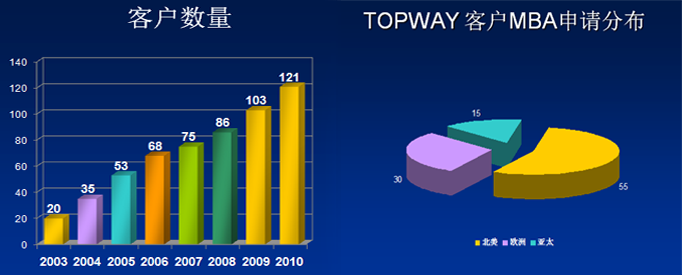|
 
- 精华
- 0
- 积分
- 1070
- 经验
- 1070 点
- 威望
- 106 点
- 金钱
- 106 ¥
- 魅力
- 106
|
OG RC 95题
In 1896 a Georgia couple suing for damages in the accidental death of their two-year-old was told that since the child had made no real economic contribution to the family, there was no liability for damages. In contrast, less than a century later, in 1979, the parents of a three-year-old sued in New York for accidental-death damages and won an award of $750,000.
The transformation in social values implicit in juxtaposing these two incidents is the subject of Viviana Zelizer’s excellent book, Pricing the Priceless Child. During the nineteenth century, she argues, the concept of the “useful” child who contributed to the family economy gave way gradually to the present-day notion of the “useless” child who, though producing no income for, and indeed extremely costly to, its parents, is yet considered emotionally “priceless.” Well established among segments of the middle and upper classes by the mid-1800’s, this new view of childhood spread throughout society in the late nineteenth and early twentieth centuries as reformers introduced child labor regulations and compulsory education laws predicated in part on the assumption that a child’s emotional value made child labor taboo.
For Zelizer the origins of this transformation were many and complex. The gradual erosion of children’s productive value in a maturing industrial economy, the decline in birth and death rates, especially in child mortality, and the development of the companionate family (a family in which members were united by explicit bonds of love rather than duty) were all factors critical in changing the assessment of children’s worth. Yet “expulsion of children from the ‘cash nexus; ... although clearly shaped by profound changes in the economic, occupational, and family structures,” Zelizer maintains, “was also part of a cultural process of ‘sacralization’ of children’s lives.” Protecting children from the crass business world became enormously important for late nineteenth-century middle-class Americans, she suggests; this sacralization was a way of resisting what they perceived as the relentless corruption of human values by the marketplace.
In stressing the cultural determinants of a child’s worth, Zelizer takes issue with practitioners of the new “sociological economics,” who have analyzed such traditionally sociological topics as crime, marriage, education, and health solely in terms of their economic determinants. Allowing only a small role for cultural forces in the form of individual “preferences;’ these sociologists tend to view all human behavior as directed primarily by the principle of maximizing economic gain. Zelizer is highly critical of this approach, and emphasizes instead the opposite phenomenon: the power of social values to transform price. As children became more valuable in emotional terms, she argues, their “exchange” or “surrender” value on the market, that is, the conversion of their intangible worth into cash terms, became much greater.
95. It can be inferred from the passage that which of the following statements wastrue of American families over the course of the nineteenth century?
(A) The average size of families grew considerably.
(B) The percentage of families involved in industrial work declined dramatically.
(C) Family members became more emotionally bonded to one another.
(D) Family members spent an increasing amount of time working with each other.
(E) Family members became more economically dependent on each other.
答案是C,可是19世纪,也就是18几几年的时候,人们对家人不还是传统的观念吗?是19几几年的时候才开始转变的呀。难道是我对over the course of 的理解不对? |
|



